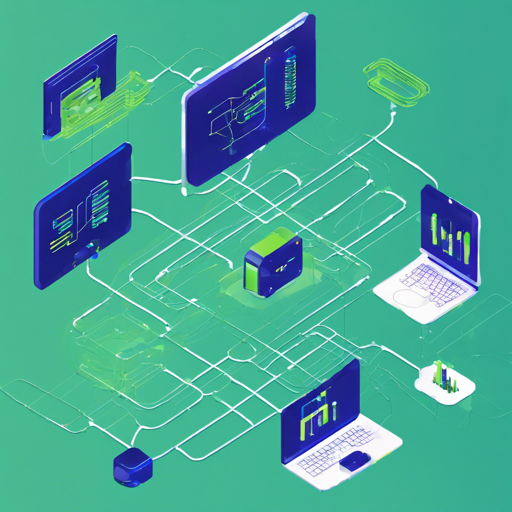Are you looking to enhance your database management with a robust, distributed solution? Look no further than Mycat2, a middleware based on MySQL that simplifies the handling of SQL queries while offering a plethora of functionalities. In this guide, we’ll walk you through the basics, features, and troubleshooting tips to make your journey into the world of Mycat2 seamless.
What is Mycat2?
Mycat2 is an advanced distributed relational database developed by the Mycat community. It supports distributed SQL queries, maintains compatibility with the MySQL communication protocol, and can seamlessly integrate with various back-end databases in the Java ecosystem. The core innovation of Mycat2 lies in its ability to enhance data query processing through data fragmentation.
Key Features of Mycat2
- Open Source Code: Learn and modify middleware technology and database management at your convenience.
- Distributed Query Engine: Fully compatible with MySQL syntax and value types, optimized for performance and efficiency.
- Customizable Algorithms: Develop sharding, load balancing, and other algorithms to suit your specific needs.
- Self-Developed DSL: Fine-tune your physical query plan and benefit from SQL forwarding and result set caching.
Setting Up Mycat2
To set up Mycat2, follow these simple steps:
- Download Mycat2 from the Gitee repository or the GitHub page.
- Install the necessary dependencies, ensuring you have Java 8 installed as it is the only version currently supported.
- Configure your database settings by modifying the configuration files as per your requirements.
- Launch the Mycat2 server and connect it to your applications.
Understanding the Code Structure
The code for Mycat2 may seem complex at first glance, but think of it as a series of interconnected rooms in a large house. Each room (or function) serves a specific purpose, whether it’s handling queries, managing connections, or executing algorithms. Just as you would navigate through the hallways of a house to reach your destination, the Mycat2 engine navigates through its code structure to efficiently deliver data when queries are made.
Query Execution
├── Syntax Parsing
├── Optimizations
│ ├── Rule-Based
│ └── Cost-Based
└── Result Delivery
Troubleshooting Mycat2
Even the best systems may encounter issues. Here are some common problems and solutions:
- Connection Issues: Ensure that the database configurations, including the hostname, port, and credentials, are correctly set up in the configuration files.
- SQL Compatibility Errors: Check if the SQL queries you are using align with MySQL syntax; minor differences can lead to errors.
- Performance Latency: If queries are slower than expected, consider reviewing the sharding algorithms and cache settings to optimize performance.
For further assistance, feel free to engage with us! For more insights, updates, or to collaborate on AI development projects, stay connected with fxis.ai.
Conclusion
At fxis.ai, we believe that such advancements are crucial for the future of AI, as they enable more comprehensive and effective solutions. Our team is continually exploring new methodologies to push the envelope in artificial intelligence, ensuring that our clients benefit from the latest technological innovations.
Get started with Mycat2 today and unlock a world of possibilities in database management!

